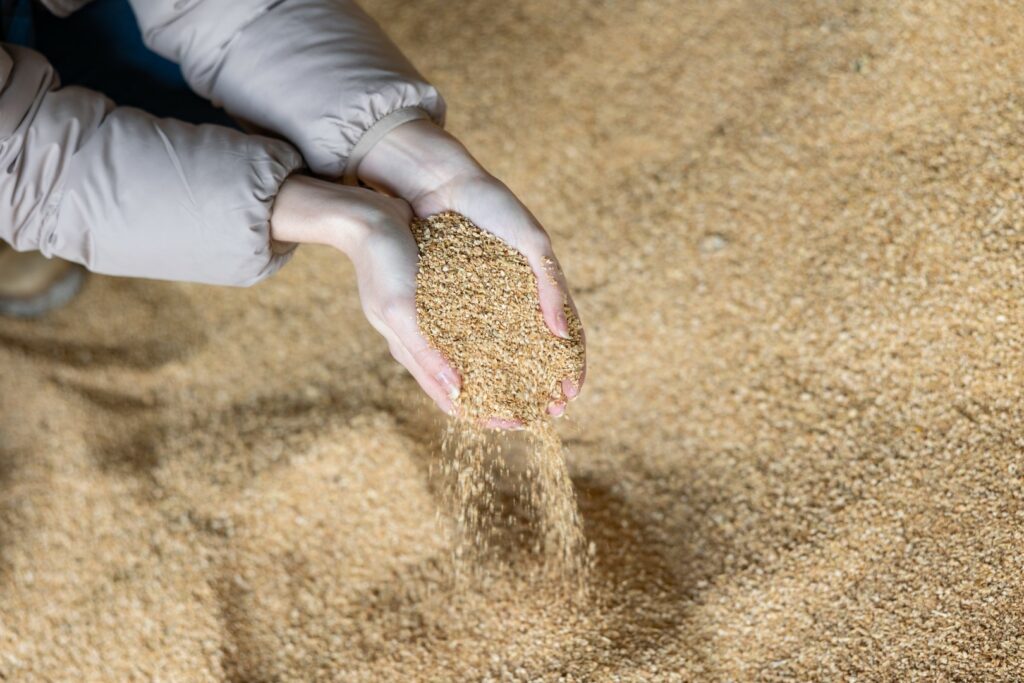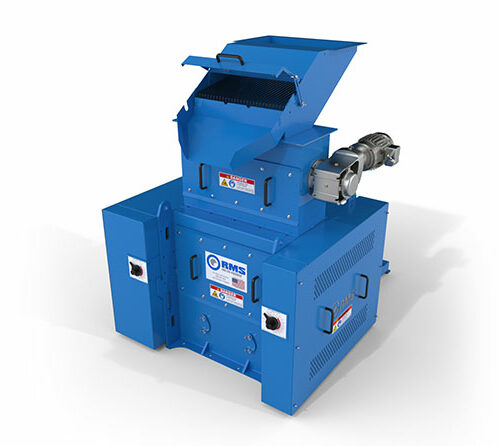An industrial grinding mill is a vital part of many types of businesses, from brewing and distilling to creating industrial powders. There are options, too, including traditional hammer and roller mills and our innovative VersaMill®. You need the right mill for the job, so we break down the differences between these mills and outline what sets the VersaMill® apart from the rest.
How Do Different Mills Work?
 When it comes to grinding materials down into different particle sizes, there are two basic types of grinding mills: hammers and rollers. The VersaMill® is an updated version of a traditional roller mill.
When it comes to grinding materials down into different particle sizes, there are two basic types of grinding mills: hammers and rollers. The VersaMill® is an updated version of a traditional roller mill.
- Hammer Mill – An industrial hammer mill grinder uses hammers that swing on a shaft to pound a material into smaller pieces. The particle size is determined by the size of openings on a screen fitted into the machine. Only particles of the appropriate size go through the screen.
- Roller Mill – A traditional roller mill grinds material between two rotating cylinders to achieve the desired particle size. Belts are used to rotate the cylinders.
- VersaMill® – The VersaMill® also uses rotating cylinders to grind materials into smaller particles. It does not, however, use belts. It is a direct drive roller mill that gives the operator more control over multiple variables.
Changing Variables

The ability to vary settings is one of the most important differences between these different types of industrial grinders. With more variables to change, you can better control the final product and get smaller and more precise particle sizes.
A hammer mill has just two variables to be changed. You can change the screen for different particle sizes. You can also change the speed of the hammers. With a traditional roller mill, you can change the corrugation and gap between rollers to get different particle sizes. Because they are driven by belts, you cannot alter the speed of the rollers.
The VersaMill® is a big step up in being able to control the process. It allows you to change several variables:
- Change the roll corrugation and gap, as with a traditional roller mill.
- Because they are not controlled by belts, you can also change the speeds of the rollers.
- You can even change the speed differential between rollers.
With the ability to change so many different variables, the VersaMill® can create smaller particles than either of the other two types of mills. A traditional roller mill can create particles to about 375 microns, while the VersaMill® grinds down to 275 microns, and even finer in some applications.
Particle size matters in many industries. In a study of agricultural feed at Kansas State University, researchers found that decreasing feed particle size increased returns per animal, introducing important cost savings. Only the VersaMill® offers the control and particle size many industries need.
Which Industrial Grinding Mill Is Most Energy Efficient?
While precision and control are important, efficiency also matters for cost savings. Traditionally, industrial grinding equipment is not very efficient.
Standard roller mills are 20% to 30% more efficient than hammer mills. The VersaMill® is another 20% to 30% more efficient than a traditional roller mill.
“When we compare a VersaMill® to a standard roller mill, you can see anywhere from 20 to 30 percent more energy savings…so if you compare the VersaMill to a hammer mill, again in some applications, it can be anywhere from 40 to 50 percent more energy efficient.”
This means the VersaMill® loses 50% to 60% less energy than a hammer mill. It’s the most energy-efficient option available because of its simple mechanical drive. It reduces energy lost from the belts used in traditional roller mills. It also captures lost energy and reuses it with a patented electrical system.
Which Mill Is Right for Your Needs?
RMS Roller-Grinder has multiple models to offer because grinding needs vary by industry and individual clients. To help you understand which option is best for your particular grinding needs, we offer test grinding. Send us a sample of your material and we’ll test it in our state-of-the-art lab on various grinder types, including a hammer mill, traditional roller mill, and VersaMill®.
“What is the right machine for the right application? If it means a standard roller mill would work great for it because you only need a couple variables to change, that’s perfect. If it means that you maybe have some inconsistencies of the products coming in and you need some more variables to change, maybe a VersaMill® is a better tool for the job.”

